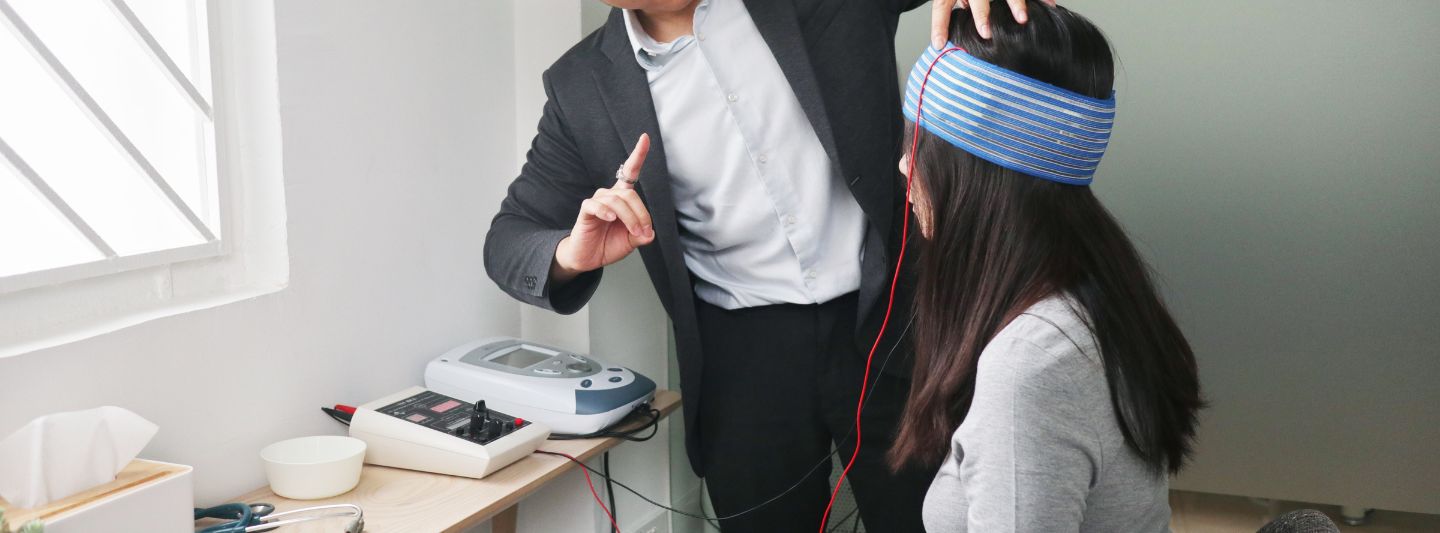
Brain Damage Patient Shows Astounding Recovery Through Therapeutic Neuroplasticity
While on holiday in Paris, Jessica was involved in a car crash. She received a traumatic brain injury, resulting in brain damage.
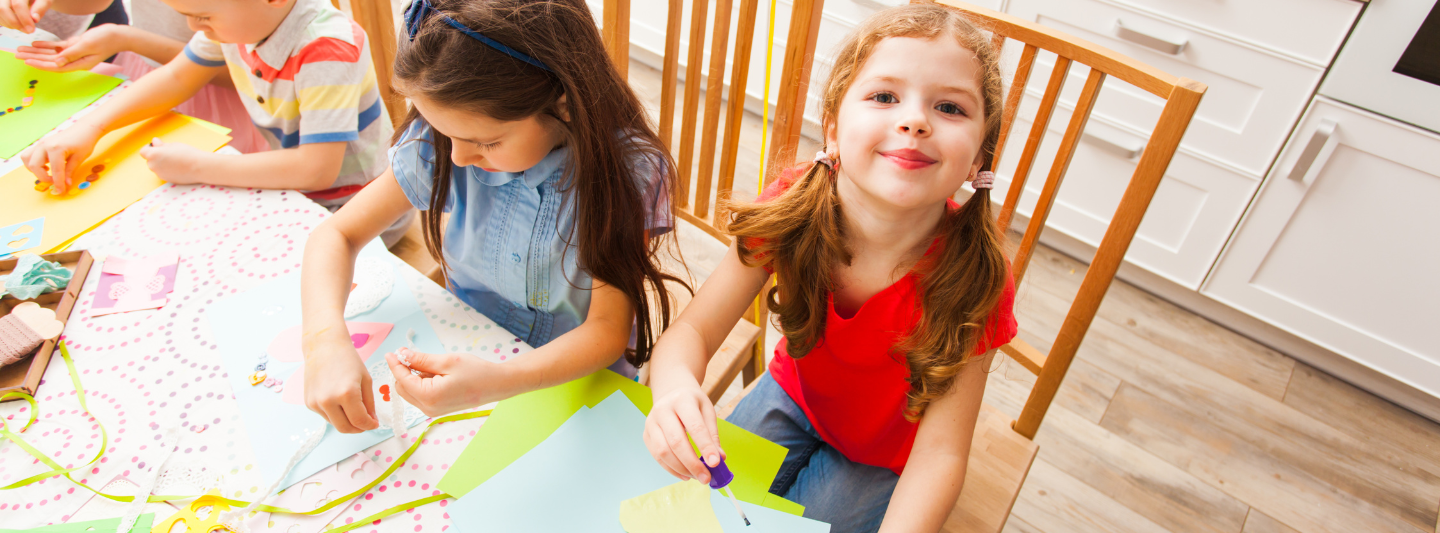
School's out and the holiday season has just begun for the kids! As parents, you sense their excitement for a long break to rest, recharge, and have fun.
But what are school holidays like for parents, and how do you prepare to entertain the kids during this time of the year?
We share our top 6 tips to prepare fun activities for kids at home during the school holiday.
For parents or caretakers at home, the school holidays are probably less about relaxing, and more about entertaining your kids on top of your normal routine.
Especially if your child has a neurodevelopmental disorder, like Autism Spectrum Disorder (ASD) or Attention Deficit Hyperactivity Disorder (ADHD), you likely struggle even more to keep them engaged and preoccupied.
It can be stressful to balance your responsibilities while dealing with a restless child over holiday breaks.
But entertaining your kids during the holiday period – no matter a week, a month, or longer doesn’t need to be daunting.
This holiday break, plan fun activities for your kids at home that can boost your quality time together and provide them with development opportunities.
Keep reading for our top 6 tips to prepare fun activities for kids at home during the school holiday.

Every child is unique.
There’s no “script” to effective play, but there are tools you can add to everyday activities to figure out their interests and preferred style of play.
It's important to find new ways for your child to explore and learn. You can start by building on what they already like. Consider:
You can use this knowledge to motivate your children to do “tasks” that help them learn and mature through play.
It’s the most effective way to capture their attention and interest.
If your child loves dolls, playing house can be a way for them to learn social skills and family values through their imaginary world.
Maybe your child has a temper and struggles to wait their turn…
Practice “playing nice” by sitting through a board game.
This fun activity for kids is about more than rolling dice and moving a pawn around a board. It helps them
Behavioural scientists recommend combining your child’s favourite toy or game with education and skill development. This combination is proven to increase learning.

Set your child up for success by creating an environment to keep them focused. Before starting an activity, remove distractions that can break your child’s attention from you.
Noise, like a busy street or people talking in the same room, can create auditory and visual distractions.
This is especially true for children with ASD or ADHD who struggle to focus on the task at hand. Try seeing the room through their perspective…
Your child with ASD or ADHD is much more aware of sounds in the environment than you are. Even small (or distant) noises can become very distracting – even upsetting. Noise-cancelling earmuffs or headphones can provide immediate relief *.
Next, look around the room and put away the obvious culprits, like a Playstation or Nintendo Switch – and any other toys they won’t be using right now. You want them to focus on the activity you have planned.
But remember… removing distractions doesn’t mean sitting still!
If an activity requires sitting, make it fun with alternative seating, like a bean bag chair or a monster pillow - this provides a healthy change to static posture, improving attention.
Chewing helps children focus on tasks longer and improves their performance in both auditory and visual memory tasks. Gum or a healthy snack are excellent options. There are also chew toys for kids – who knew!
Believe it or not, you should let your child doodle when they want to.
Doodling can help people recall 29% more information than those who don’t. It’s a last-ditch effort to stay attentive when a task is “boring”. It also reduces stress.
*If you suspect your child has noise sensitivities that are severe enough to affect their life, talk to their paediatrician sooner than later. Their doctor may be able to recommend exposure therapies – or other solutions– that can help.
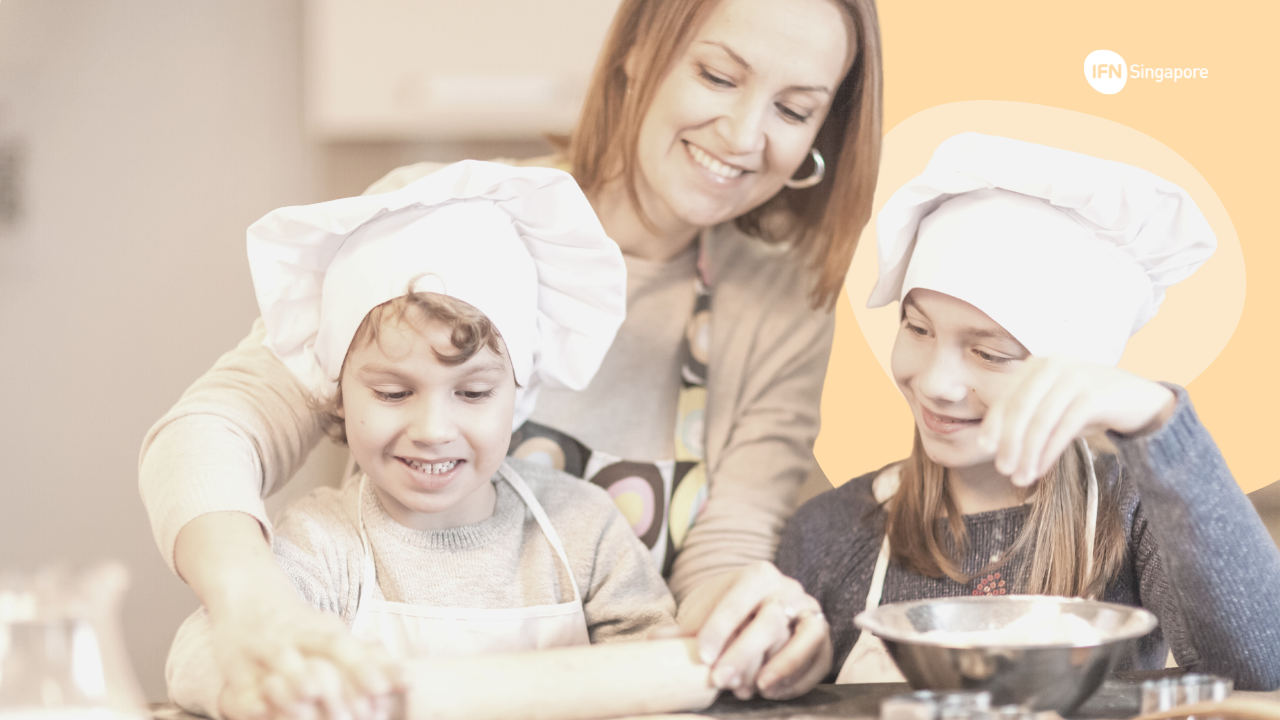
i) Cooking and baking can engage your kids while teaching them valuable life skills, like patience and planning. Test out a new recipe or keep it easy with their favourite batch of cookies.
Have them follow every step from choosing the recipe, finding ingredients, making a shopping list, and preparing the meal. You want them to participate, not just watch you.
ii) Play a game of trivia. Subjects don’t need to be strictly educational. Write up some questions about your child’s favourite subject, movie, book, etc. This is a great exercise for their memory and problem-solving skills.
Your child will also appreciate having special time with you to talk about their interests.
iii) Build a fort with blankets and pillows to help your kids learn to work as a team and feel a sense of accomplishment.
iv) Paper bag puppets and cardboard castles are cheap ways to repurpose recyclables into creative spaces. Create a play or musical — save the princess or protect the fort!
Get creative with storytelling. The possibilities are endless!
v) Spend time as a family with a movie night, board games, living room slumber party, and watching home videos.
If you have a yard, create an obstacle course, play some football or have a balloon fight.
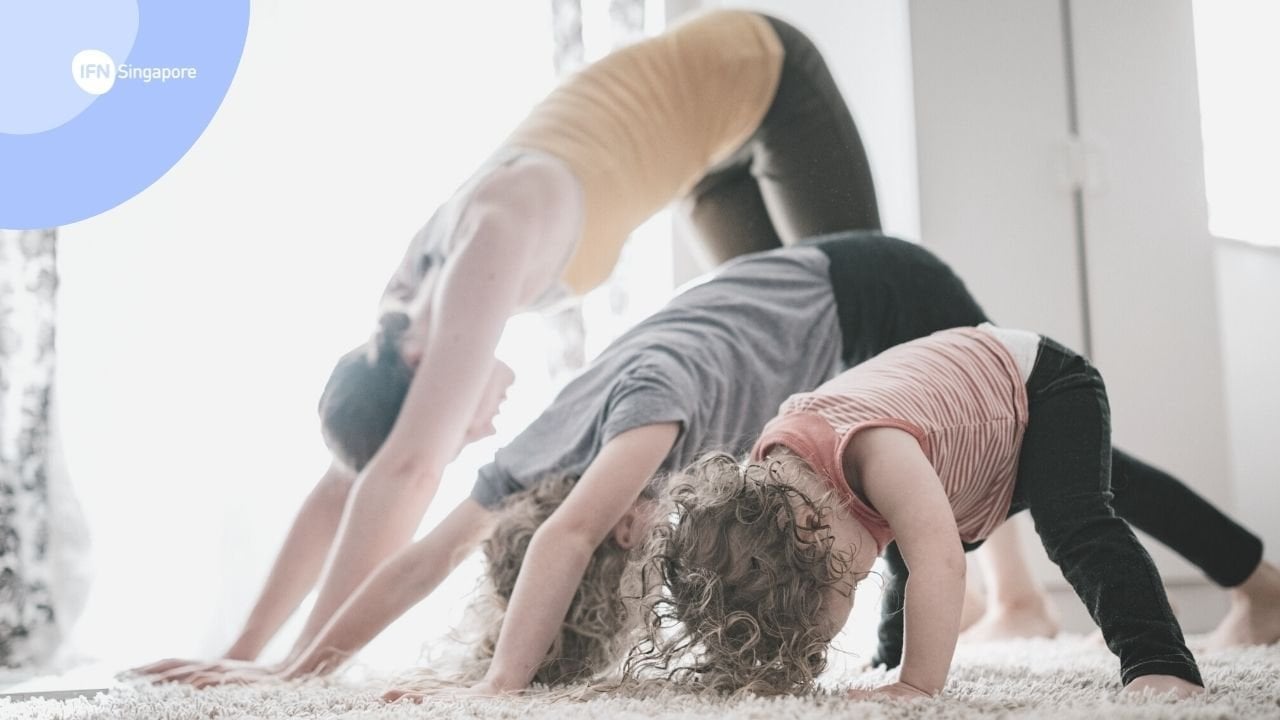
Skills like reasoning, working memory and self-control are necessary for your child to be successful at school — and in adulthood.
These skills are called executive functioning, the ability to act from consideration rather than impulse.
For example:
Martial arts, aerobics and yoga help develop these skills. There are many free classes online you and your child can do at home.
Does your child struggle to focus during these structured activities (or sports)? You feel like it’s pointless because they don’t stay on task at all…
Keep practising!
Children with poor executive functioning benefit the most from these activities. Consistent practice can help reduce the achievement gap later in life.
Even if your child has good executive functioning for their age, research finds that kids are 20% faster at learning vocabulary after they exercise.
Bottom line… Your child needs movement!
Music and dance are great ways to make learning fun.
One example is to teach your child how to use mnemonics. This literary device – also called a memory device – helps your child remember facts and large amounts of information by using a phrase, rhyme or song.
Please Excuse My Great Aunt Sally is a mnemonic to help students remember the order of operations in math (parenthesis, exponents, multiple, divide, add, subtract).
Another example is Righty Tighty, Lefty Loosey.
The beauty of mnemonics is that you can make one for anything – you just need to be creative.
Here is a list of mnemonics to get ideas.
The book, Every Good Boy Deserves Fudge: The Book of Mnemonic Devices, provides children, parents, and teachers with useful rhymes, word games, and anagrams.
Besides mnemonic phrases, try:
The more, the better! Teaching your child fun approaches to learning will increase their interest and help their memory retention.
This is a skill they can work on as a fun activity at home. Instead of focusing on academic topics, let them practice by making up songs and dance moves to explain their favourite TV -series — and then teach you!
Show them how you used their song to remember all the characters or the plot of the show.
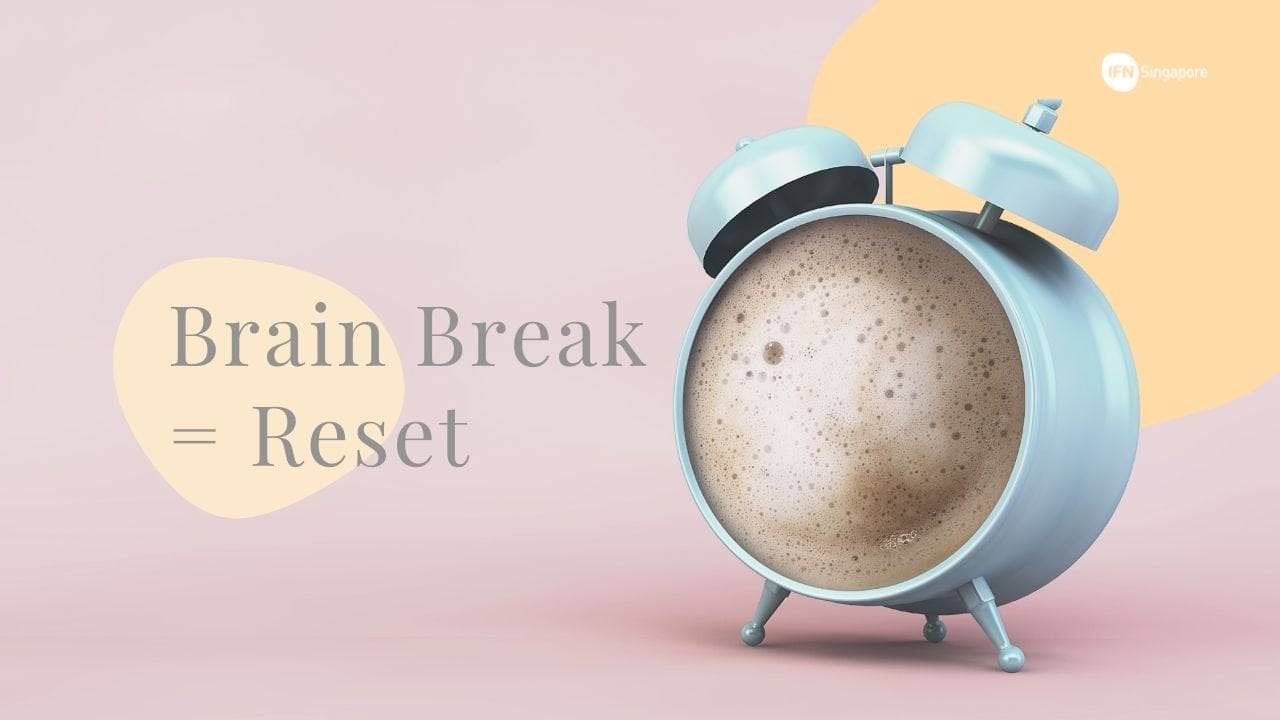
A round of Monopoly can quickly turn into a fight if tempers reach a boiling point.
Games and fun activities can test our patience when things get more challenging. Breaks are important, especially for kids who struggle with executive functioning.
They reduce stress, anxiety, and frustration.
Think of a brain break like a reset button. Your child will be more productive and focused when returning to the task.
Breaks can also boost confidence, self-esteem, and time management skills. Taking a break and then returning to a task or activity to complete it, is no easy task – especially for a kid!
Like learning styles, break styles work differently for every child.
Break styles:
As-needed style breaks can work great for children that get easily frustrated or distracted. When they get off task, let them have a quick break, then encourage them to try again. This can help them recover and get back on task.
Reward system style breaks are given after staying on task for a certain amount of time or completing the task.
Timed breaks are generally the best option for younger children. Set a timer and take a break regardless of how focused they were. You can start small like 5 or 10-minute increments.
To know what works best for your child, you’ll have to try them all.
But what do you do during brain breaks?
They can be quiet or active. Here are a few examples of both:
Quiet brain breaks:
Drawing
Doodling
A slow walk outside
Stretching
Guided meditation
Active brain breaks:
Quick walk or jog outside
Game of catch in the backyard
“Mini dance party” to their favourite song
Any “short burst” of physical activity!
You can do any of these activities with your kids at home for just a few minutes – and they can make a huge difference!
If a task (or the environment) becomes too much, and your child is experiencing sensory overload, let them rock back and forth on the ground or in a swivel chair to calm their nervous system. Don’t make them push through to a “break time”.
Encouraging your child to listen to their body and emotions – and take brain breaks instead of losing their temper, teaches them to self-regulate. A skill they’ll need throughout their life.
Beyond the holiday break, helping your child succeed is the most important lesson of all. Your child is growing and developing every day, at every moment.
They’re learning all the time. Not just at school. Every experience in your child’s life is shaping their brain.
Shaping how:
They perceive the world, themselves, and others.
Approach situations – logically and emotionally
Problem-solve
Children’s brains are more “plastic” – or able to change– than adult brains are.
As a parent, you can support your child’s healthy brain development by making learning engaging and fun at home.
Teach them how to self-regulate and feel confident they can do hard things with practice. Make sure they have a nutritious, brain-boosting diet!
And if your child is “behind” for their age and needs extra help, that’s okay.
It’s important to remember, we all develop at our own pace.
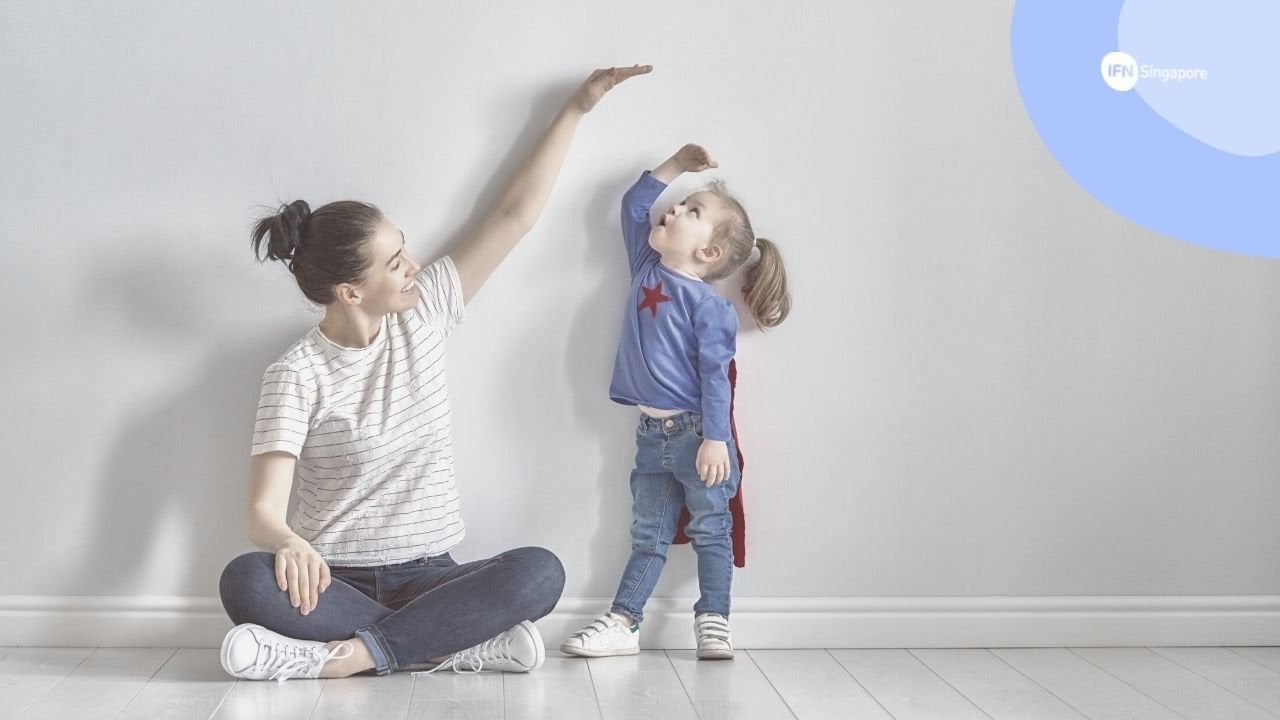
Consider having your child work with a Functional Neurologist, a doctor trained specifically in neuroplasticity (how the brain changes in response to experiences).
At our clinic, IFN Singapore, we can help your child overcome any neurodevelopmental difficulties — and get them on track to be as successful in their school, home, and “inner” life as possible.
Our mental health experts will work personally with your child to assess their needs and develop an action plan that will drive change in their brain - changes that can have a lasting, positive impact on their behaviour and thoughts.
Our approach is non-invasive, drug-free, and completely personalized to your child’s unique needs. We even look at their brain function to determine what areas of their brain may be underperforming (or overactive!) through an easy, in-centre procedure called brain mapping.
To talk to our team of neuroplasticity experts, book a free 20-minute consultation now.
Core Collective is home to over 100 fitness, wellness, and lifestyle professionals who can help you live your best life. Click  for a list of wellness services available.
for a list of wellness services available.
Featured Contributor:

IFN Singapore is a world-leading neuroplasticity centre.
By combining the latest understanding in neuroplasticity, brain mapping technology and functional neurology, they improve the lives of adults and children living with neurological, developmental and mental health conditions, as well as those seeking to achieve peak mental performance.
Find out more about IFN Singapore or make an appointment with them now today.